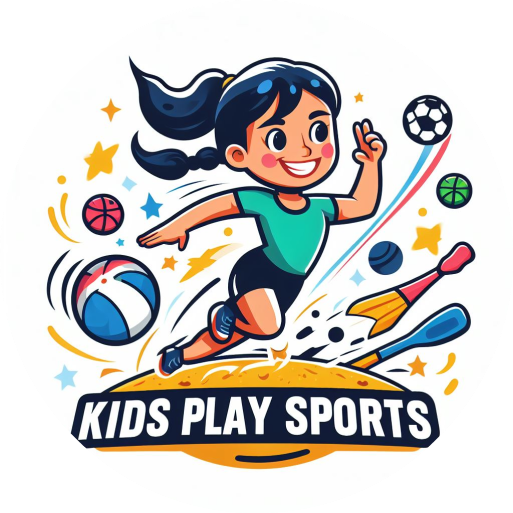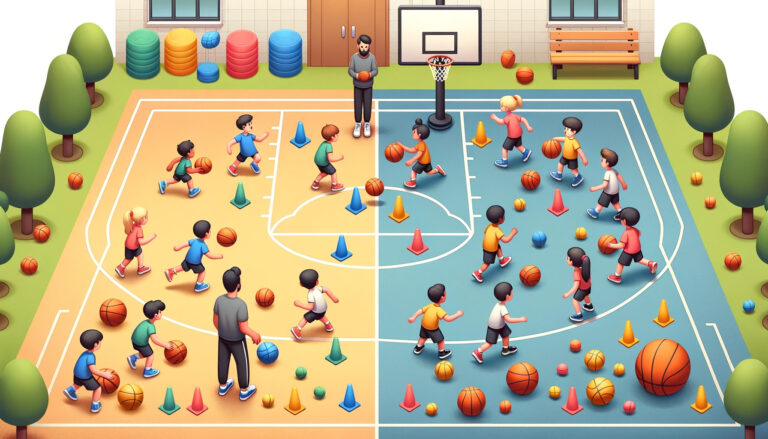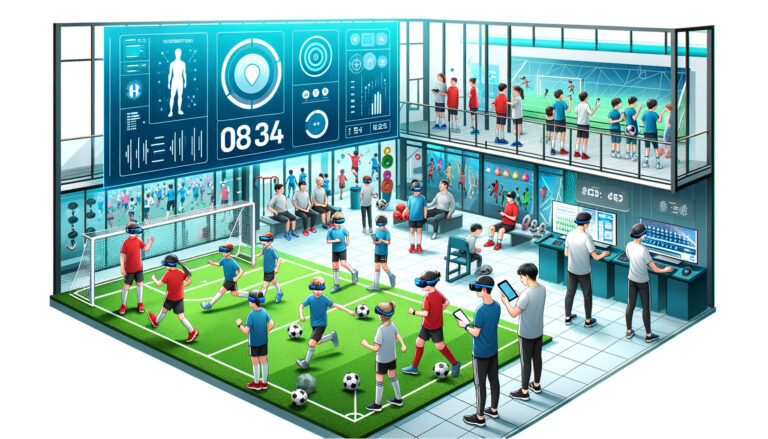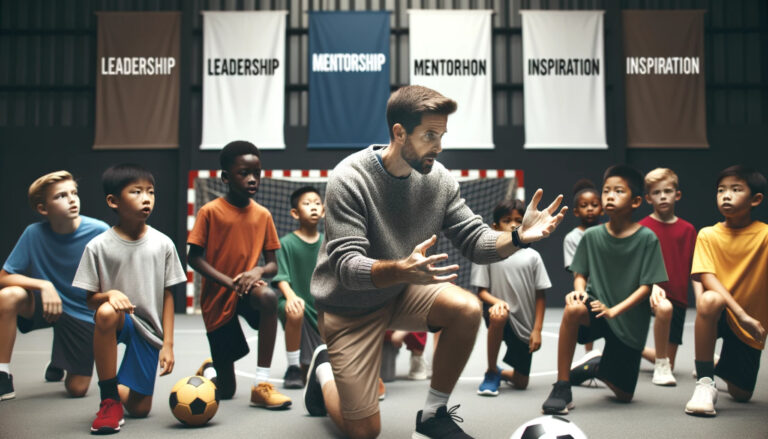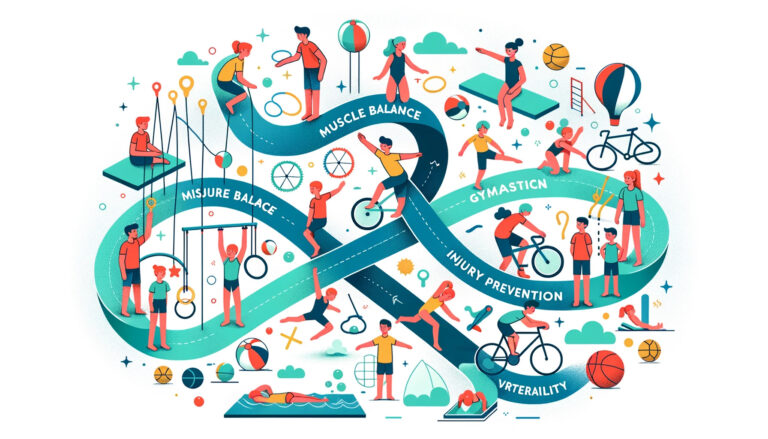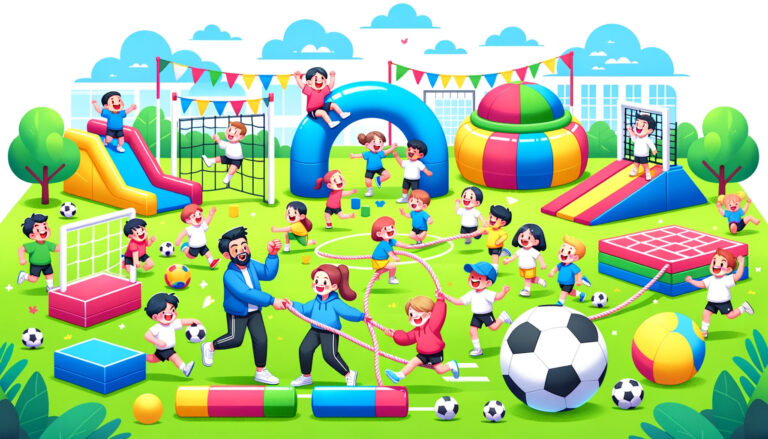Developing Athletic Skills: Age-by-Age Progression Guide
- The Importance of Rest and Recovery in Young Athletes’ Regimens - October 23, 2023
- Boosting Stamina and Endurance in Young Athletes: Tips and Tricks - October 23, 2023
- The Role of Coaches in Shaping Young Athletes - October 23, 2023
Early Childhood: Building Fundamental Movement Skills
During the early childhood years, building fundamental movement skills is crucial for the overall development of children. These skills lay the foundation for future athletic abilities and contribute to their physical, cognitive, and social growth. Engaging in activities such as running, jumping, throwing, and catching helps children enhance their balance, coordination, and agility.
Parents and caregivers play a vital role in facilitating the development of fundamental movement skills by creating opportunities for children to explore and practice these skills in a safe and supportive environment. Simple games and activities, such as obstacle courses, tag, or ball play, allow children to refine their motor skills while having fun. Additionally, activities that promote body awareness, such as dancing or yoga, can further enhance their coordination and flexibility. By encouraging and participating in these activities, parents and caregivers help children build their confidence, develop a positive attitude towards physical activity, and ultimately set the stage for a lifetime of active and healthy living.
Elementary School Years: Mastering Basic Athletic Techniques
During the elementary school years, children begin to develop and master the basic athletic techniques that will serve as the foundation for their future athletic endeavors. This is an important stage in a child’s physical development, as it lays the groundwork for further skill acquisition and athletic performance.
At this stage, it is crucial for children to engage in a variety of sports and physical activities that promote balance, coordination, and agility. By participating in activities such as running, jumping, throwing, and kicking, children can improve their motor skills and develop a strong sense of body awareness. Additionally, sports like soccer, basketball, and gymnastics can help children learn how to work as part of a team, follow rules, and develop a competitive spirit. By mastering these basic athletic techniques, children build the necessary skills and confidence to excel in sports as they grow older.
Middle School: Transitioning to Team Sports and Specialization
As students enter middle school, they are typically introduced to the concept of team sports. This transition from individual activities to a team environment allows them to develop skills such as cooperation, communication, and teamwork. Through participating in team sports, students learn the importance of supporting their teammates, accepting guidance from coaches, and working towards a common goal. This stage also marks the beginning of specialization, where students may choose to focus their efforts on a particular sport that they showcase interest and talent in. Specializing in a sport can provide opportunities for more structured training and competition, as well as a chance to further refine their athletic abilities.
In middle school, it is vital to strike a balance between team sports and specialization, ensuring that students have a well-rounded athletic development. While specializing in a specific sport can provide advantages in terms of skill acquisition and performance, it is important to not disregard the benefits of participating in a variety of sports and activities. Engaging in multiple sports enables students to develop a broader range of fundamental movement skills, as well as reducing the risk of overuse injuries associated with early specialization. Therefore, middle school should be seen as a time for exploration and exposure to different sports and physical activities, allowing students to discover their passions and strengths while still enjoying a diverse and balanced athletic journey.
High School: Refining Athletic Skills and Performance
During the high school years, athletes have the opportunity to further refine their athletic skills and enhance their overall performance. With a solid foundation already established from earlier years of training, high school athletes can now focus on specific sport-related techniques, strategies, and tactics.
At this stage, athletes may choose to specialize in a particular sport or continue participating in multiple sports to develop well-rounded abilities. Coaches play a crucial role in guiding athletes, honing their technical skills, and optimizing their physical capabilities. High school athletes also benefit from increased competition and exposure to more challenging opponents, which pushes them to fine-tune their skills and strive for higher levels of performance. Through dedicated practice, disciplined training, and a commitment to continuous improvement, high school athletes can reach new heights and set the stage for success in their athletic pursuits beyond high school.
College and Beyond: Optimizing Athletic Abilities
As athletes move beyond college, the focus shifts to optimizing their athletic abilities. At this stage, athletes have typically honed their skills and are looking to further elevate their performance. Enhancing athletic abilities often involves a comprehensive approach that encompasses physical conditioning, skill development, and mental preparedness.
To optimize athletic abilities, athletes may need to fine-tune their training regimens and implement specialized techniques. This may involve working with strength and conditioning coaches to build strength, speed, and endurance. Additionally, athletes may seek the guidance of sports psychologists to enhance mental toughness and develop strategies for handling pressure during competitions. Taking a holistic approach to optimizing athletic abilities can help athletes reach their full potential and excel in their chosen sport.
Importance of Age-Appropriate Training Methods
It is widely recognized that age-appropriate training methods play a crucial role in the development and success of athletes. The physical and cognitive capabilities of individuals vary significantly at different stages of growth and maturation. Therefore, tailoring training programs to the specific needs and abilities of athletes at each age level is essential to optimize their athletic potential and minimize the risk of injury.
Young children, for instance, require an emphasis on developing fundamental movement skills such as running, jumping, and throwing. These skills form the foundation upon which more complex athletic techniques can be built in later years. As children progress into elementary school, mastering basic athletic techniques becomes the focus. At this stage, activities like learning proper running form, improving coordination through sports-specific drills, and introducing basic strength and conditioning exercises can greatly enhance overall athletic development.
The Role of Motor Development in Athletic Skill Acquisition
Motor development plays a crucial role in the acquisition of athletic skills at all ages. It refers to the progression of movement abilities and coordination as individuals grow and mature. During early childhood, basic motor skills such as running, jumping, and throwing are developed. These skills lay the foundation for more complex movements in later years. As children progress through elementary school, they master fundamental athletic techniques like kicking a ball or hitting a pitch. Middle school marks a significant transition, with the introduction of team sports and the opportunity for specialization in specific areas such as basketball or soccer. The high school years are dedicated to refining athletic skills and performance, with athletes honing their abilities to compete at a higher level. Finally, in college and beyond, athletes work towards optimizing their abilities to achieve peak performance in their chosen sport. It is evident that motor development plays a vital role in shaping an athlete’s skill set and determining their success in their respective sports. By understanding the progression of motor skills throughout different stages of life, coaches and trainers can tailor appropriate training methods to enhance athletic performance and maximize potential.
Understanding the Impact of Growth and Maturation on Athletic Progression
During childhood and adolescence, individuals go through a series of growth and maturation processes that can significantly impact their athletic progression. As children grow, their bodies undergo various physiological changes, including increases in bone length, muscle mass, and strength. These changes directly influence their athletic abilities and performance levels. Moreover, the timing and rate of growth and maturation also play a crucial role in an individual’s athletic development.
Growth spurts, for example, can affect an athlete’s coordination, balance, and body control, as their bodies quickly adjust to their changing proportions. This period of rapid growth may temporarily disrupt an athlete’s motor skills, making movements feel awkward or unfamiliar. However, with time and practice, athletes can adapt to their changing bodies and develop new movement patterns to accommodate their growth and maturation. It is important for coaches and trainers to understand the impact of these changes and provide appropriate guidance and support to help athletes navigate through this phase successfully. Through proper training and conditioning, athletes can optimize their athletic abilities and continue to progress despite the challenges posed by growth and maturation.
Balancing Physical and Mental Development in Athletes of All Ages
Athletic development does not solely rely on physical abilities; it also encompasses mental strength. Balancing the physical and mental development of athletes is essential at all ages and stages of their athletic journey.
In early childhood, it is crucial to introduce children to sports activities that focus on both physical and mental aspects. They need to develop motor skills while also learning how to understand and control their emotions during competitive situations. By fostering a positive mindset and teaching them resilience, young athletes can build a solid foundation for their future athletic progression.
As athletes transition into the elementary school years, it becomes increasingly important to refine their physical abilities while also nurturing their mental growth. Mastering basic athletic techniques requires discipline and focus, and it is equally important to teach athletes how to channel their mental energy to achieve optimal performance. Encouraging effective communication, goal-setting, and self-motivation can significantly contribute to their overall development.
As athletes progress through middle school, high school, college, and beyond, the balance between physical and mental development becomes even more critical. They face increased pressure and higher levels of competition, which can place significant demands on their mental well-being. Providing proper guidance and support for mental preparation, stress management, and coping strategies can help them maintain a healthy balance between physical exertion and mental fortitude.
Understanding the interdependence of physical and mental development in athletes of all ages enables coaches, trainers, and sports psychologists to create comprehensive training programs that address both aspects. By nurturing both their physical skills and mental resilience, athletes can reach their full potential and achieve long-term success in their chosen sport.
Long-Term Athletic Development: Strategies for Success
Successful long-term athletic development requires a combination of strategic planning, commitment, and consistency. Athletes who aspire to reach their full potential in their chosen sport must be willing to put in the time and effort required to develop their skills and improve their performance. This process begins with setting clear goals and creating a well-rounded training program that focuses on building a strong foundation of fundamental skills while also addressing specific areas of weakness.
One key strategy for long-term athletic development is the incorporation of periodization into training plans. Periodization involves dividing the training year into distinct phases, each with a specific focus and goal. By varying intensity, volume, and the types of exercises or activities performed, athletes can maximize their progress while minimizing the risk of overtraining or burnout. This approach allows athletes to peak at certain times, such as during competitions or important events, and also includes periods of rest and recovery to promote injury prevention and overall physical well-being.
